Activity
Measure Your Pulse with a Straw!
Want to let your kid see her heart in action? A simple device constructed out of a drinking straw and clay makes learning about the pulse visual and hands-on! The straw twitches up and down with each heart contraction, giving kids a firsthand look at how the heart works. She'll even practice making a hypothesis, or guess, and then observe the difference between resting and recovery pulse rates.
What You Need:
- Drinking straw
- Clay
- Clear tape
- Paper and pen
- Watch or timer
What You Do:
- Explain to your child what a pulse is. Every time her heart contracts, the blood pushes through an artery, causing it to push up against a nearby bone. The bulge created by that push can be felt as a slight throbbing in areas such as the wrist, neck, and temple. Each pulse movement is a sign of one heartbeat.
- Ask her to make a hypothesis, or guess, as to how many times her heart beats in one minute when she is relaxing or watching television, known as her resting heart rate. How much does she think it will change immediately after she finishes exercising, such as after playing tag or soccer? This is called her recovery heart rate.
- Encourage her to find a pulse point on her body. Often, it is most easily observed on the side of the neck, directly under the jaw bone, or on the inner wrist. Remember: It feels like a slight throbbing.
- Give her a small amount of clay—about the size of a small rubber ball—and have her place it on this pulse point. She should press the clay firmly against the pulse area so it's attached securely to her skin. If she chooses to use the neck pulse point, it's probably easiest for her to lay down so that the clay doesn't fall off.
- Next, have her push a drinking straw into the clay so that it sticks out straight from her body. She should be able to see the straw move just slightly with each pulse movement.
- Have her count her pulse rate, or the number of times the straw twitches, for 30 seconds. You should hold the timer or the watch so that you can tell her when to start and stop counting.
- Ask her to multiply this number by two to determine her heart rate per minute—an excellent way to sneak in some math practice. Did it come close to her hypothesis? Does she want to adjust her guess for the recovery pulse rate?
- Now, she should go get active for a few minutes. Effective ways to quickly increase her heart rate are push-ups, running, or jumping jacks. Have her one activity, or a combination, for a few minutes until she feels her heart rate quicken.
- Immediately after, have her reattach the clay and straw and then time her heart rate for another 30 seconds.
- Have her multiply it by two, as she did for the resting heart rate. Her pulse rate after exercising should be significantly higher. How close did it come to her guess?
Did You Know? According to the American Heart Association, the heart beats about 100,000 times per day. That's over 2.5 billion heart beats in a 70-year life!
Related learning resources

Dry Measure Conversion
Worksheet
Dry Measure Conversion
Give recipe conversion practice a try by multiplying the ingredients in this cupcake recipe. Liquid and dry measure conversion are included; cups,…
4th Grade
Math
Worksheet
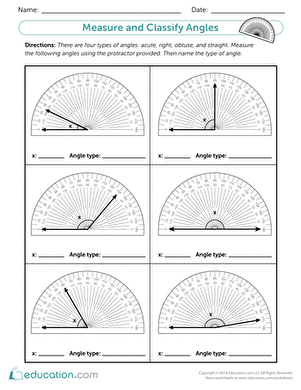
Measure and Classify Angles
Worksheet
Measure and Classify Angles
...Designed to be used with a fourth-grade math curriculum, this resource integrates well into a lesson on lines and angles....
4th Grade
Math
Worksheet
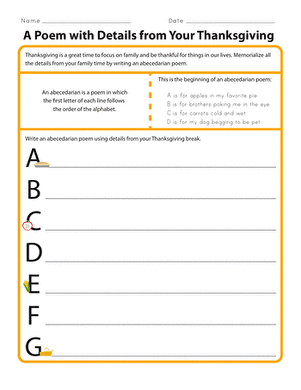
A Poem with Details from Your Thanksgiving
Worksheet
A Poem with Details from Your Thanksgiving
In the worksheet A Poem with Details from Your Thanksgiving, learners will write an abecedarian poem with details from their Thanksgiving break where the first letter
4th Grade
Worksheet
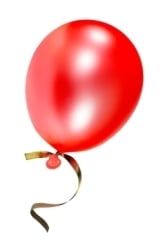
Principles of Air Pressure
Activity
Principles of Air Pressure
The objective of this science fair project is to examine the basic principles of air pressure using simple materials like a balloon, straw and string.
4th Grade
Activity
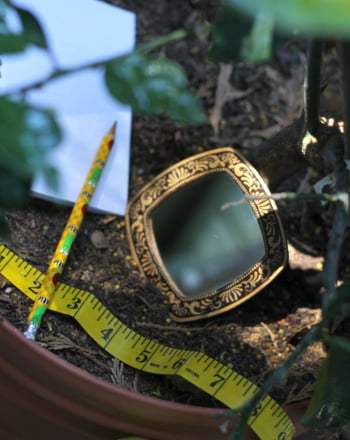
Using Mirrors in the Garden: Measuring Light Reflection
Activity
Using Mirrors in the Garden: Measuring Light Reflection
Can you increase the light and plant growth in your garden using mirrors? In this experiment, measure light reflection and find out!
4th Grade
Activity
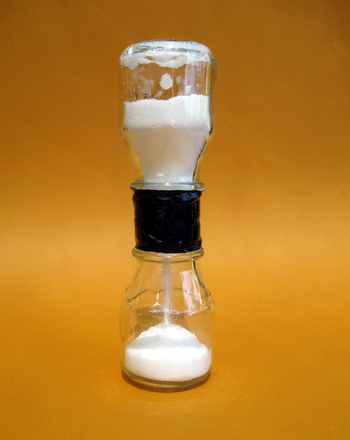
Make a Sand Clock
Activity
Make a Sand Clock
An hour glass, also known as a sand clock, keeps time. In this activity, your child will make her own sand clock and measure the time it keeps.
4th Grade
Science
Activity
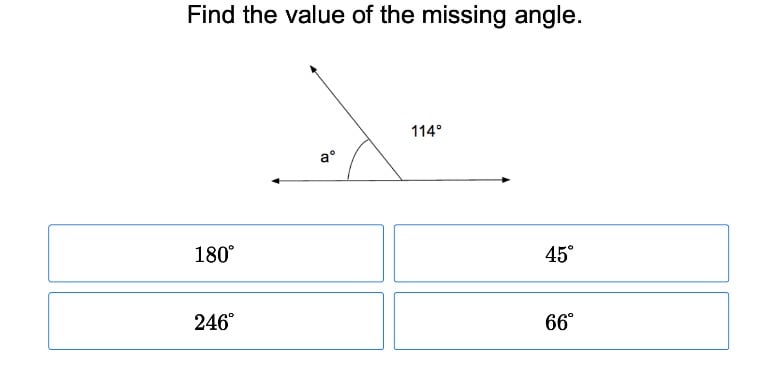
Recognizing Angle Measure as Additive
Exercise
Recognizing Angle Measure as Additive
Many students don’t realize they can use an angle measures as an additive until they have completed this exercise.
4th Grade
Math
Exercise
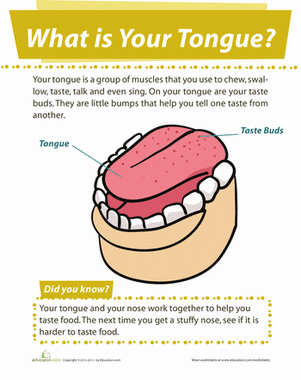
Your Tongue
Worksheet
Your Tongue
Did you know that your tongue is one of the strongest muscles in your body? Tickle your learning taste buds with this worksheet all about your tongue.
4th Grade
Science
Worksheet
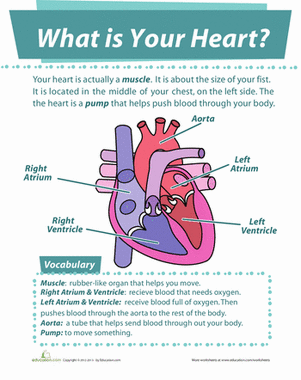
Your Heart
Worksheet
Your Heart
Learn all about your body's most important muscle: your heart! This simple diagram is a great way to introduce your little biologist to his heart.
4th Grade
Science
Worksheet
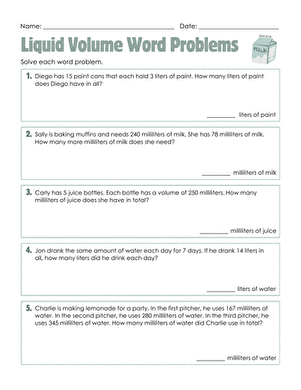
Liquid Volume Word Problems
Interactive Worksheet
Liquid Volume Word Problems
Measure your skills with volume-based word problems in this fourth-grade worksheet!
Interactive Worksheet

Write a Simile Poem ... Starring Your Pet!
Activity
Write a Simile Poem ... Starring Your Pet!
Give your fourth grader a head start in poetry with a simile writing activity that guides him in crafting a cute poem about the beloved family pet.
4th Grade
Activity

Talk About Your Strategy: Fractions of a Whole
Lesson plan
Talk About Your Strategy: Fractions of a Whole
Get your students comfortable with math conversations with this lesson on multiplying fractions by a whole number. It can be taught on its own or used as support for the lesson Fractions of a Whole.
4th Grade
Math
Lesson plan
See this activity in a set:
10 Great Activities to Celebrate Labor Day Weekend



